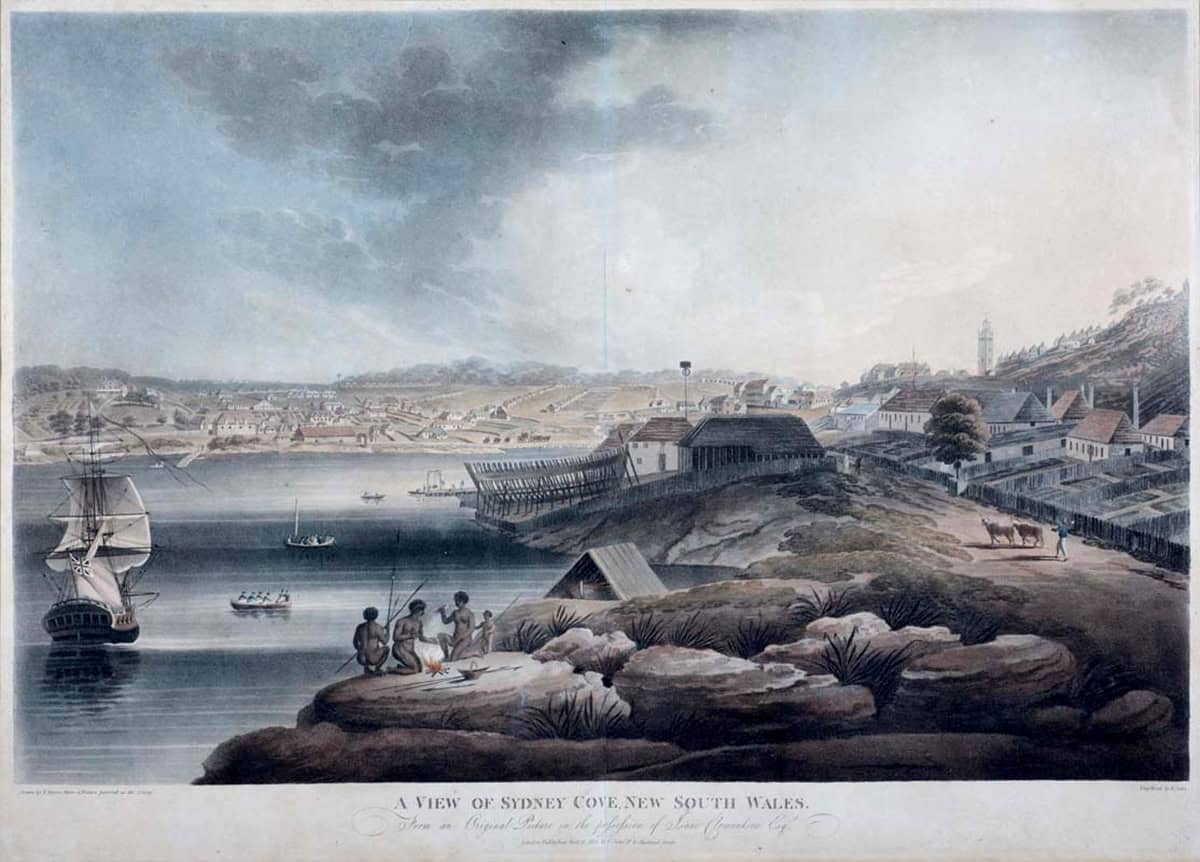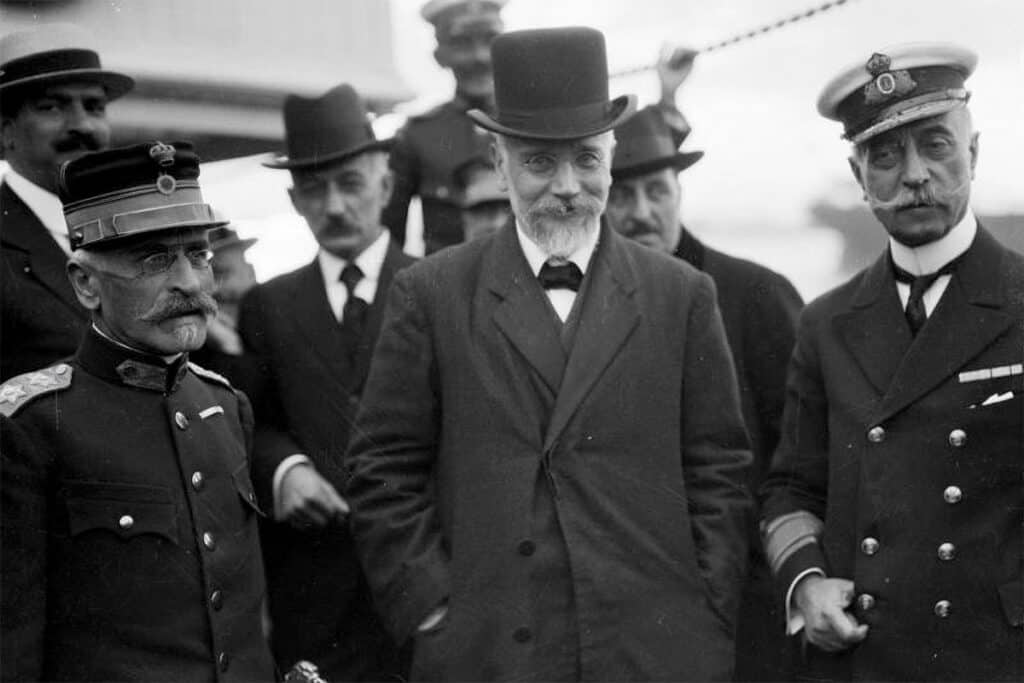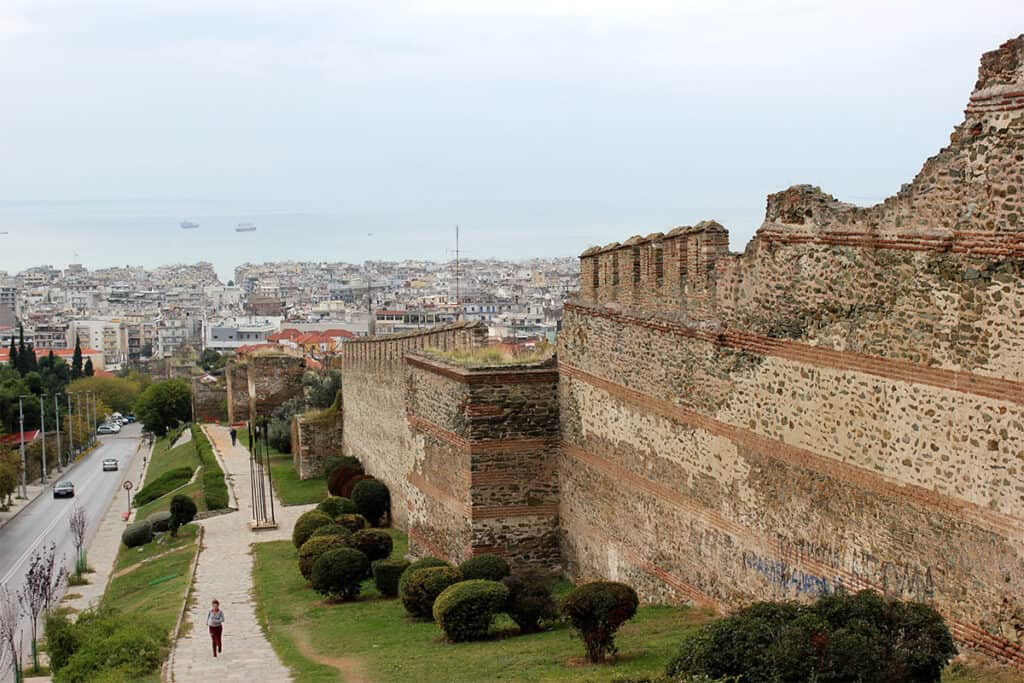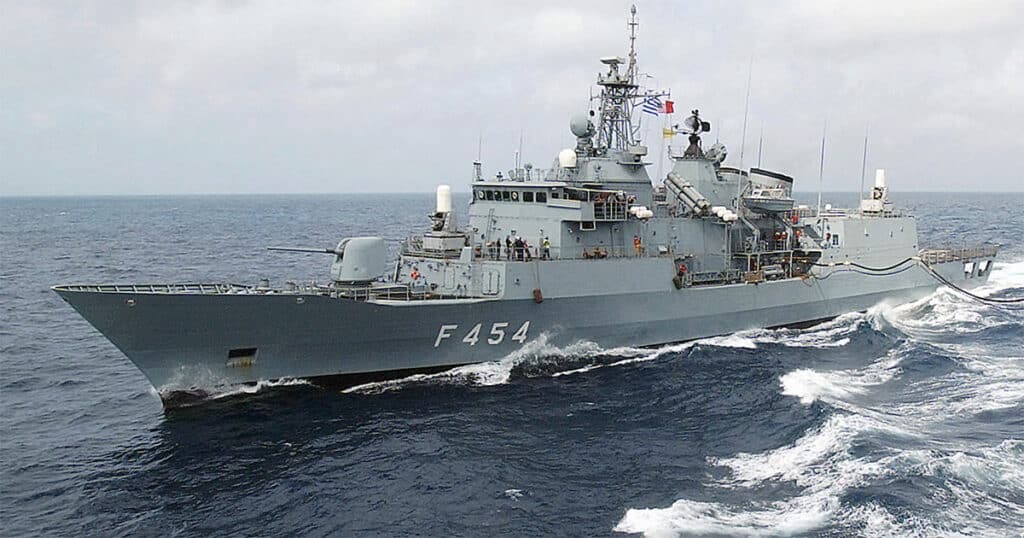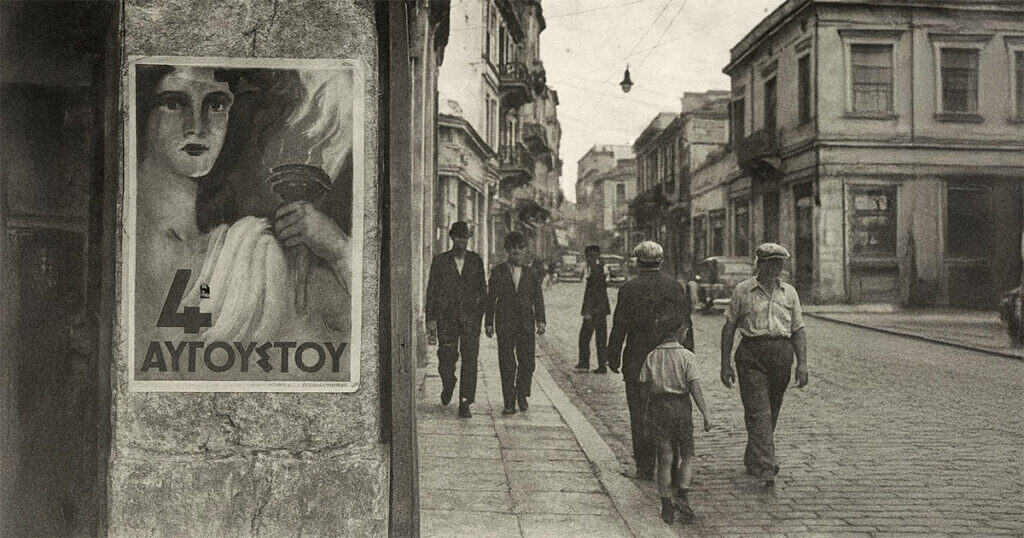The story of the first Greeks in Australia begins not with migration schemes or goldfields but with seven sailors from the island of Hydra. On August 27, 1829, they stepped ashore in Sydney, making them the first documented Greeks to set foot on Australian soil.
They had not come willingly. Convicted of piracy by a British naval court in Malta, the men were transported as convicts aboard the ship Norfolk. Their arrival marked the quiet start of a Greek presence in Australia that would, generations later, grow into one of the largest Greek communities outside of Greece.
Hydra was no ordinary island. In the early 1800s, it had a population of about 16,000, of whom nearly 10,000 were sailors. More than 120 ships sailed under its flag. The Hydriots were among the most skilled mariners of the Eastern Mediterranean, and during the Greek War of Independence, they turned their fleet into a fighting navy. The seven who found themselves in Sydney carried that tradition with them: Georgios Vasilakis, Gikas Voulgaris, Georgios Laritsos, Antonis Manolis, Damianos Ninis, Nikolaos Papandreas, and Konstantinos Strompolis.
Their troubles began in 1827. Sailing the vessel Herakles, they attacked a British merchant ship, the Alceste, near Crete. They believed it was carrying supplies bound for the Ottomans, their enemy in the war. The British saw only an act of piracy. Captured by HMS Gannet, the men were taken to Malta for trial. They argued they had acted as freedom fighters, but the court condemned them. Death sentences were later commuted, and the punishment became exile to New South Wales.
The Norfolk left England in May 1829 with nearly 200 convicts aboard. The voyage took just 93 days, unusually fast for the era. When it arrived in Sydney Cove, the local newspaper gave it only the briefest mention:
“This vessel has arrived from England in the rapid period of 93 days. She brings no news of any great importance…”
— The Sydney Monitor, 29 August 1829
Behind that bland line was a turning point: seven Greek sailors, stepping into a colony where their presence was almost unimaginable.
In the years that followed, they worked where they were sent — shipyards, vineyards, and road gangs. Colonial records sometimes called them “the Greek pirates.” Yet in time, they were quietly absorbed into the fabric of New South Wales. In 1836, the Sydney Gazette carried the news that all seven had been pardoned:
ABSOLUTE PARDONS.
Andini Tu Manolis, Norfolk (2)
Damianos Ninis, Norfolk (2)
Jorghis Vassilachis, Norfolk (2)
Ghicas Bulgaris, Norfolk (2)
Jorghis Larizzos, Norfolk (2)
Nicholas Papandross, Norfolk (2)
Cassandra Strombolts, Norfolk (2)
— The Sydney Gazette and New South Wales Advertiser, 24 December 1836
The odd spellings were just colonial attempts to capture Greek names, but the list shows them all: Manolis, Voulgaris, and their companions.
Five eventually returned to Greece. Two stayed. Manolis became a viticulturist near Picton, southwest of Sydney, remembered for introducing grape-training methods from his homeland. Voulgaris moved south to the Monaro district, married an Irish immigrant, and raised a large family whose descendants still live in New South Wales.
Nearly two centuries later, more than 400,000 people of Greek heritage call Australia home. It began with those seven Hydriot sailors, who carried the skills of their island into exile and left behind the first permanent Greek footprints on Australian soil.
Featured image: Sydney Cove in the 1820s, where the convict ship Norfolk dropped anchor on August 27, 1829, carrying seven sailors from Hydra, the first Greeks to set foot in Australia.
